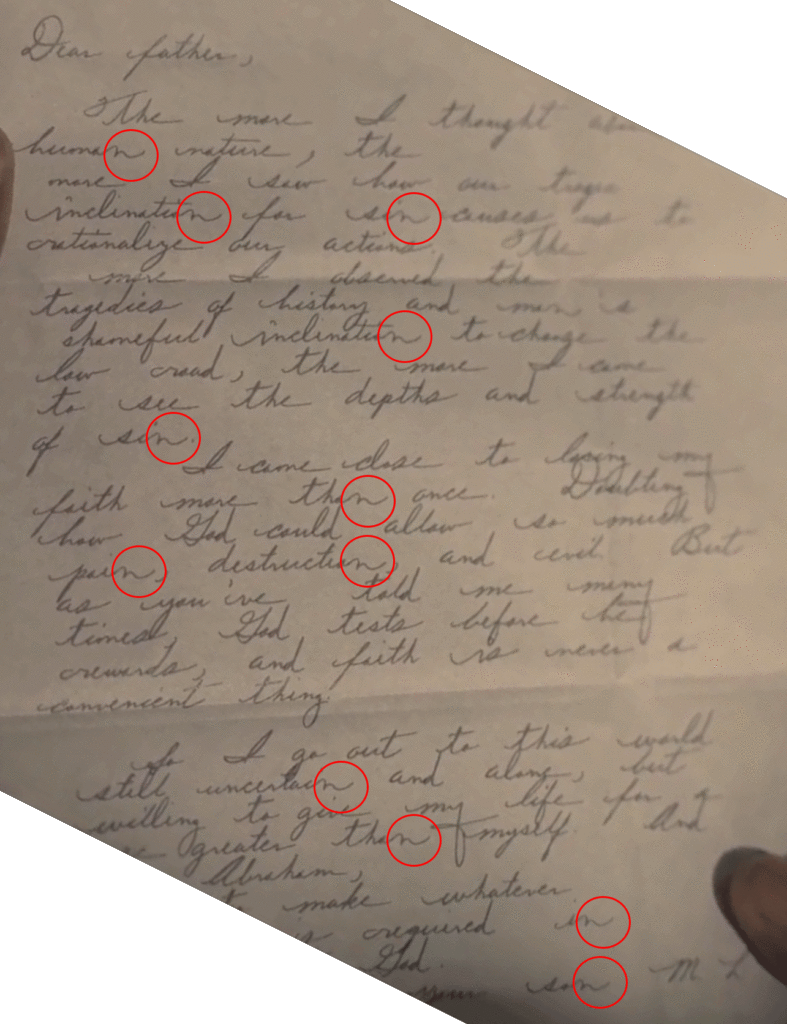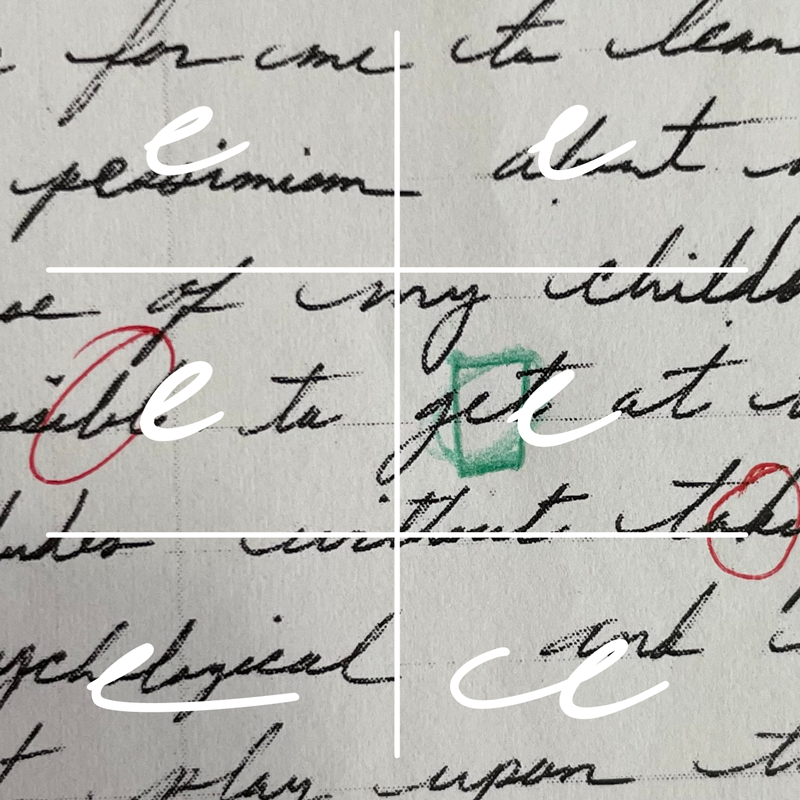Step into History with Martin Luther King Jr.’s Handwriting Font.

The civil rights activist and minister’s speeches and actions resonated around the world and continue to inspire generations today. We all know what his voice sounds like, but as a typographer, I became curious: how did he prepare his speeches and organized his thoughts in writing, and what does Dr. King’s handwriting look like? This project is about creating a font based on the handwriting of Martin Luther King. The font is free for private and educational use. It works on every PC, Mac, and mobile device.
Personal and educational use is

Here at the library, we believe free access to fonts is important. That is why a library section is free for personal and educational purposes (non-commercial use). This font is part of the free section.
Getting 
Step 1. Download
After signing up and logging in, you can download the font files right here, from the Download section of each font page.
This font belongs to the Free Handwriting Font Library. To unlock the font and free support material:
Already a member?
Login here.
Step 2. Install
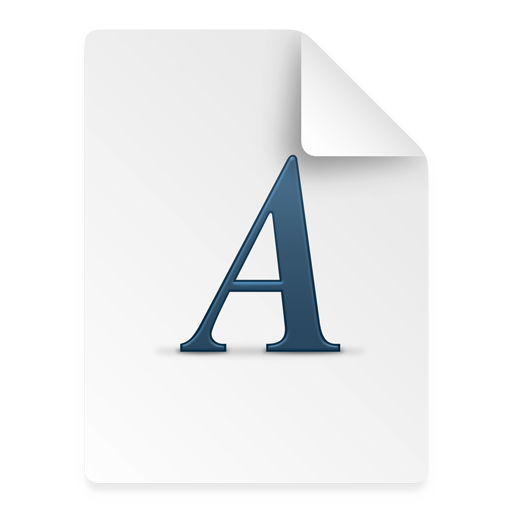
Desktop: Once downloaded, locate the font file on your disk and double-click it. Follow the instructions of your operating system to install the font. Find more information here.
iOS: On your iPhone or iPad, download the configuration file to your phone and follow the instructions on your device. Find more information here.
Step 3. Use
Everywhere you work with text, you can use the font. Once installed, the font is available in all your applications that support fonts.
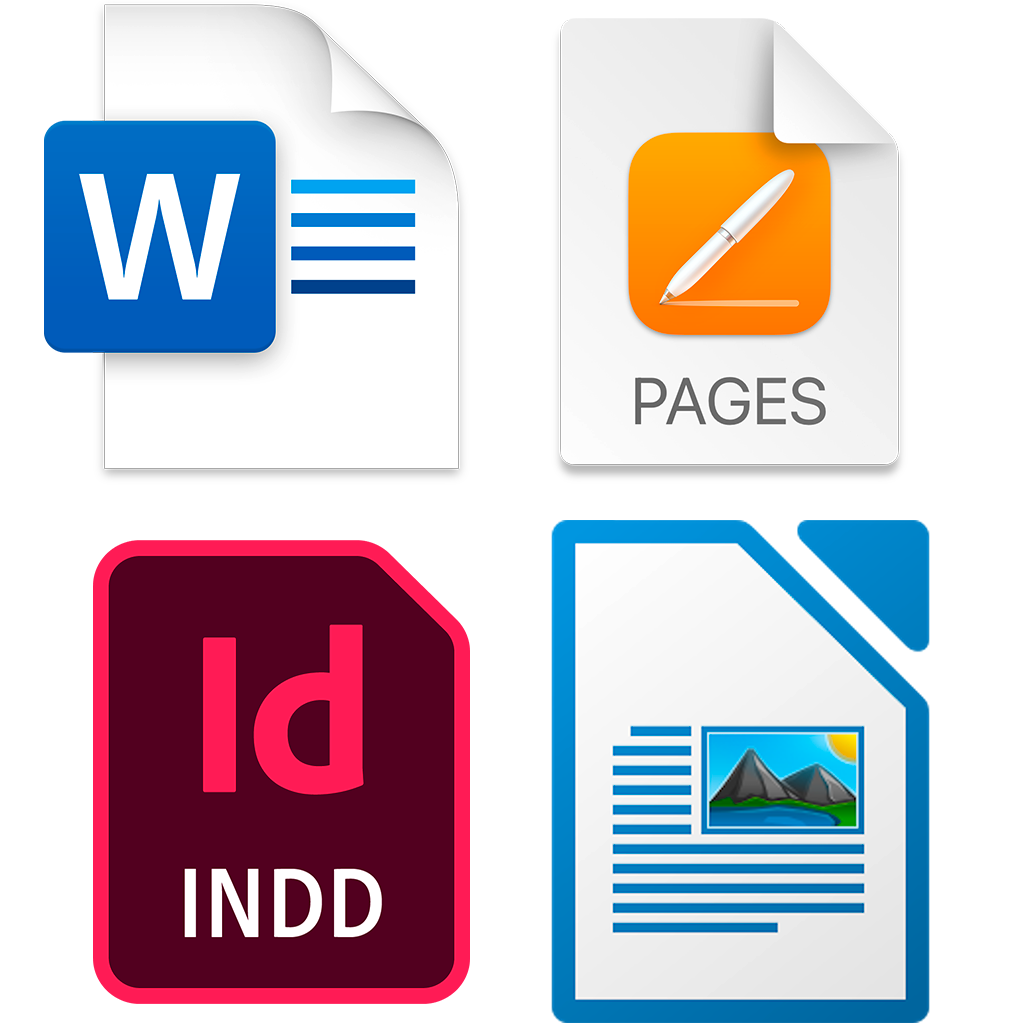
↑ Quick Start Documents
To help you get started, each font package includes quick start documents that showcase the font in use. Whether you are using Word, Pages, Open Office, Libre Office, InDesign, or Illustrator, these documents will give you a head start and enable you to create beautiful designs with ease.
Use the font on flyers and posters
Whether you’re organizing a community event or promoting a social cause, the Martin Luther King handwriting font can help create eye-catching flyers and posters. The font’s bold, distinctive style can convey the urgency and importance of your message.
Eyecatching presentations and slideshows
Add a unique touch to your presentations and slideshows by using the Martin Luther King handwriting font. The font’s distinctive style can make your content more memorable and engaging for your audience.
→ The Quick Start Document for PowerPoint in the download section will get you started in no time.
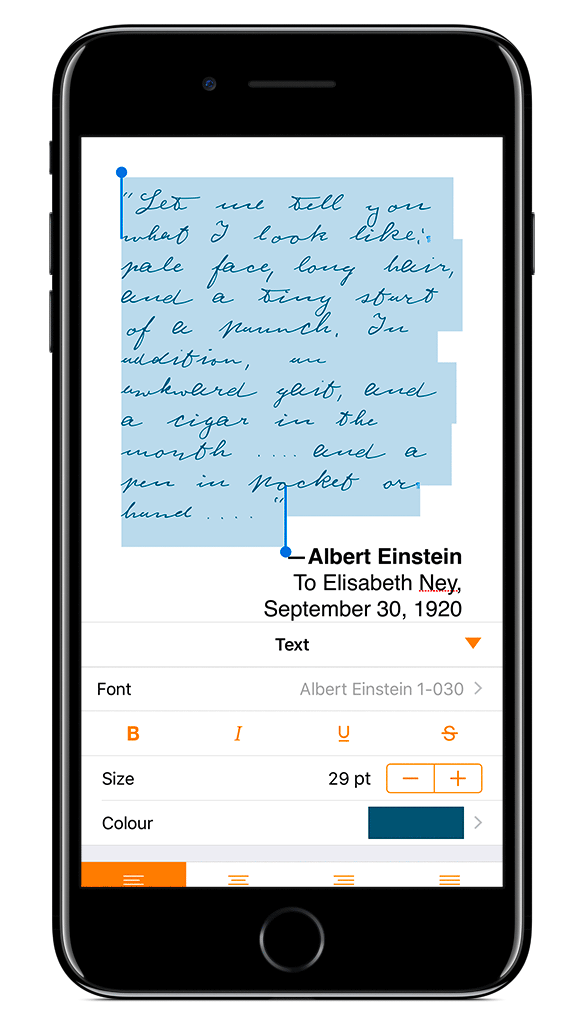
Meaningful social media graphics
Use the Martin Luther King handwriting font to create inspirational quotes and messages for social media platforms like Instagram, X, and Facebook. The font’s handwritten style can add a personal touch to your content and make it stand out in a crowded feed.
Image coming soon.
Inspiriational personal projects
Whether you’re creating a scrapbook or designing a greeting card, the Martin Luther King handwriting font can add a personal touch to your projects. The font’s handwritten style can convey warmth, authenticity, and emotion.
Create educational materials
If you’re an educator or a student, the Martin Luther King handwriting font can be a great resource for creating educational materials. Use the font to create worksheets, handouts, and other materials that can engage and inspire your audience.
![]()
![]()
→ The Quick Start Documents with examples for Pages, Word, and PowerPoint in the download section will get you started in no time.
How is the font made?

Creating a handwriting font requires samples of every (lower- and uppercase) letter of the alphabet. I select a variety of manuscripts that are representative of the author’s hand and are interesting and relevant to give an insight into the author’s body of work and time.
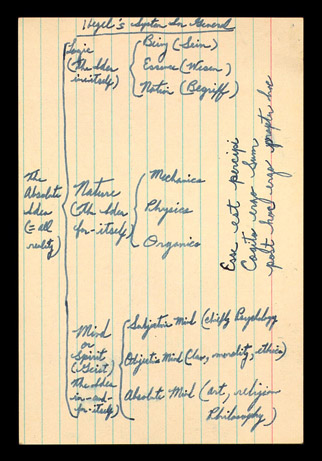
Dive deeper…
The central development of the font sources in “An Autobiography of Religious Development.“ An essay Dr. King wrote at the age of 22 for a course at Crozer Theological Seminary. When I started making the font, I reached out to Dr. Clayborne Carson, director of the King Papers Project and Editor of Dr. King’s Autobiography, to recommend manuscripts for my research on King’s handwriting. Listen to Dr. Carson explaining why this manuscript is so important. in the World House Podcast, Episode 3 “Crozer Theological Seminary.“
In a way one could say that because this document was chosen as central document the font represents the Martin Luther King, Jr. at the age of 22, and maybe one could suggest that another font or style could be produced that represents his later handwriting. But that is for the future.
But not all letters of the alphabet can be found in one document. A variety of other notes were necessary to complete the font. One of my personal favorites are these study notes Dr. King made about Hegel’s philosophy you see above.
Further texts are available through the Martin Luther King Papers Project at Stanford University.

The creation process is a unique method developed to focus on the writer’s movement on paper. This process allows the reproduction of the letters exactly and captures the lively character of a hand.
Read more
In the first step, I analyze the pen’s path and place tangents along the letter. A Bezier curve aligning along the tangents recreates the writing movement. The trail then extends to represent the pressure applied through the pen.
After the drawing is complete, it is placed in the font and tested to ensure it fits with the rest of the characters.
Time-lapse recordings of the creation process are made to showcase how the letters are created. These recordings capture the entire process, from the beginning to the end, demonstrating how every stroke is made, and how the letter takes shape. Below, you can watch two such recordings featuring the letters “M” and “z”.
Improvising
There are many signs that the font needs to function today. Examples are the Number-sign or Hashtag #, or the @ symbol. Many of which were not used in Dr. King’s time. The best way to go around these is to improvise them after I draw all letters.
Updates
You can follow the work in progress through these monthly updates.
Comparing handwriting to a font.
Creating an authentic handwriting font requires a careful and thorough process of comparing the digital version to the original analog document to ensure precision and capture the author’s unique style. On the left, you will see the original manuscript with the same text set in the font. You can click on the image to enlarge it for better visibility.
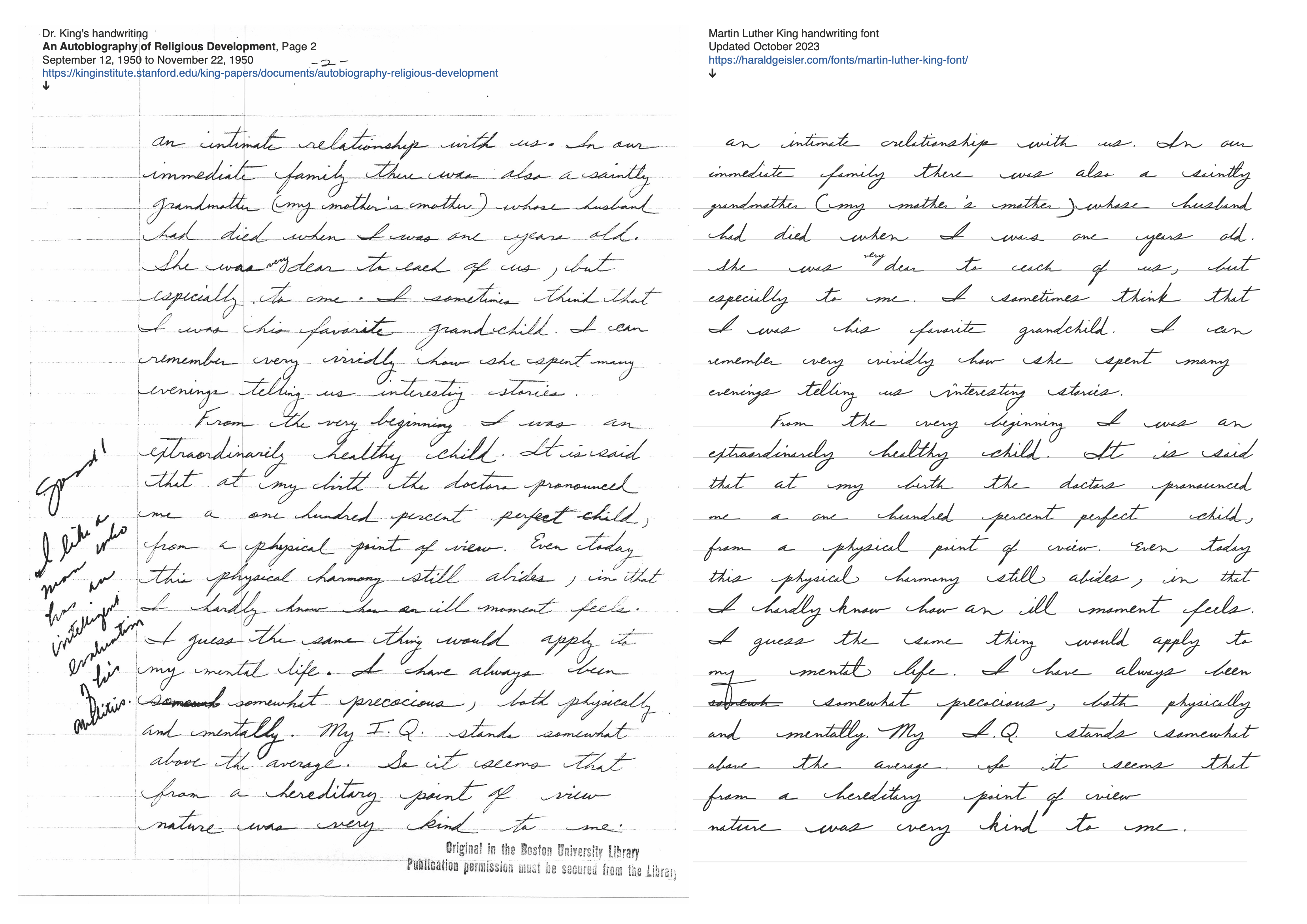
Dive deeper…
The development is not always a straightforward process. Often, it requires going back and forth to make improvements. The original analog version serves as a benchmark to measure progress. The video below showcases the overall evolution of the font’s appearance between March 2021 and October 2023. For a better view, please click on the video to enlarge it.
Pick which h you like best. (or any other letter)
The font has many variations of each letter to make the text look authentic. A program within the font will automatically select a combination of letters for you. However, you can also manually select each letter if you wish to get creative.
Image coming soon.
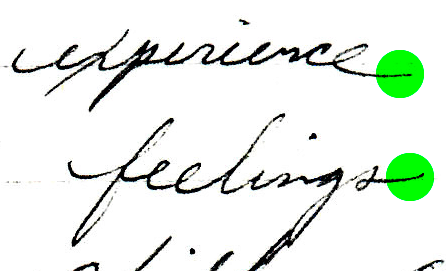

The g at end of a word in handwriting is different than in the middle of a word. In a handwriting font it is too.
When you look at handwriting you find that the letters at the end of a word are a bit different than in the middle of a word. They have a bit more swash. They are like special letter variations at the end of a word. Our handwriting fonts reflect that and store versions of letters at the end of a word. For example the letter g you see here.
Initial forms
The same is true for letters at the beginning of a word, which also have noticeable swashes that differ from those in the middle of a word. This phenomenon is observed in all writers, as evidenced by the manuscripts of Martin Luther King, Jr.
Fonts are designed to hold multiple variations of each letter to reflect these differences.
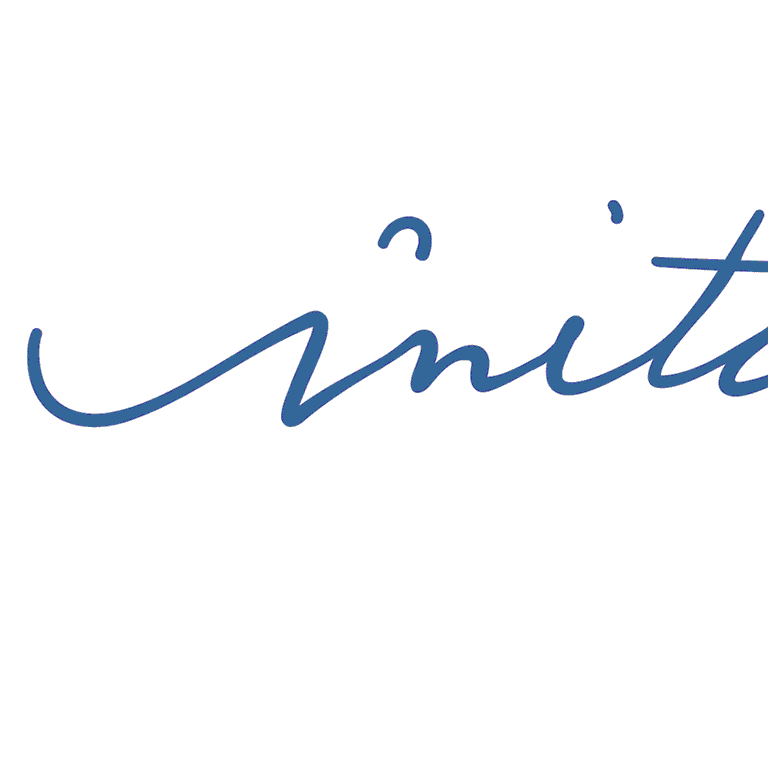

Image coming soon.
Isolated forms
In English, certain letters are often written alone and not connected to other letters, such as “I” or “a.” Additionally, letters like “t” are frequently used alone to shorten words like “not” in contractions like “hasn’t” or “didn’t.”

🚀 Quick Start Documents
To help you get started, each font package includes quick start documents that showcase the font in use. Whether you are using Word, Pages, Open Office, Libre Office, InDesign, or Illustrator, these documents will give you a head start and enable you to create beautiful designs with ease.
Multi-platform support
You can use the Handwriting fonts across all your Desktop, Laptop and Mobile devices. All common operating systems like Windows, Mac, iOS and Linux are supported. The fonts come with a special installer for iPhone and iPad.

Language support
Every language has specific needs; for example, in German, two dots are placed over vowels (ä,ö,ü) to indicate a modification.
Here is a list of the languages I am aiming to support:
Afrikaans, Albanian, Asu, Basque, Bemba, Bena, Bosnian, Catalan, Chiga, Congo Swahili, Cornish, Croatian, Czech, Danish, Dutch, Embu, English, Esperanto, Estonian, Faroese, Filipino, Finnish, French, Galician, German, Greek, Gusii, Hawaiian, Hungarian, Icelandic, Indonesian, Irish, Italian, Kabuverdianu, Kalaallisut, Kalenjin, Kamba, Kikuyu, Kinyarwanda, Lithuanian, Luo, Luyia, Machame, Makhuwa-Meetto, Makonde, Malagasy, Malay, Maltese, Manx, Meru, Morisyen, North Ndebele, Norwegian Bokmål, Norwegian Nynorsk, Nyankole, Oromo, Polish, Portuguese, Romansh, Rombo, Rundi, Rwa, Samburu, Sango, Sangu, Sena, Shambala, Shona, Slovak, Slovenian, Soga, Somali, Spanish, Swahili, Swedish, Swiss-German, Taita, Teso, Turkish, Vunjo, Zulu.
Format

Support for all common operating systems like PC, Mac, and Linux.
License
All fonts are licensed for private (non-commercial) and educational (in the context of your work as a teacher in a school) use.
EULA is short for End User License Agreement. Since a font is a design and software, we need to agree on many things, for example, what are my responsibilities and what can you expect from this software. You can read the EULA for all my fonts right here.
Diacritical marks
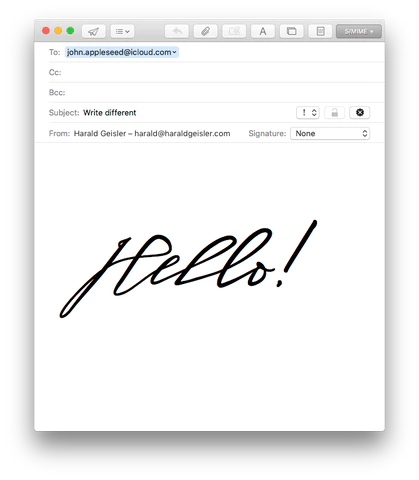
Diacritical marks are essential to support languages other than English. However, every language has specific needs. For example, in German, two dots are placed over vowels (ä,ö,ü) to indicate a modification.
Updates
- (A-) Case Study: National Geographic TV Series Genius MLK/X features Martin Luther King handwriting font.An excellent example showcasing the usage of historic handwriting fonts can be found in National Geographic’s TV Series Geniuses MLK/X episode 1 “Graduation” directed by Channing Godfrey Peoples. While the… Read more: (A-) Case Study: National Geographic TV Series Genius MLK/X features Martin Luther King handwriting font.
- Martin Luther King Font Update #41 May 2024 – Feature on TV, all vowel variations complete + a complete set of final n variations.Martin Luther King Font featured in National Geographic’s Geniuses MLK/X The MLK handwriting font was used to recreate a handwritten letter in the TV Series Geniuses MLK/X. You can… Read more: Martin Luther King Font Update #41 May 2024 – Feature on TV, all vowel variations complete + a complete set of final n variations.
- Martin Luther King Font Update #40 February 2024 – more vowels.The Martin Luther King Jr. font is designed to store four variations for each letter, but currently, many letters only have one or two variations. Since vowels appear more… Read more: Martin Luther King Font Update #40 February 2024 – more vowels.
- Martin Luther King Font Update #39 December 2023 – vowel variations.This update for the Martin Luther King, Jr. handwriting font brings variations for the vowels ‘a’ and ‘i’. This font is designed to have four variations for each letter,… Read more: Martin Luther King Font Update #39 December 2023 – vowel variations.
- Martin Luther King Font Update #35 – looks better than ever.This update fixes a major technical bug described in the animation below. Now…In the past updates, I added more and more special letters that would reflect the characteristics of… Read more: Martin Luther King Font Update #35 – looks better than ever.
- Martin Luther King Font Update #32 – Five new letters.
- Martin Luther King Font Update #31- Six new letters.
Resources

If you want to learn more about the life and work of Dr. King, here are some recommendations to help you get started.
Podcast Tip: The World House
This is a podcast that I highly recommend to you, which is hosted by Dr. Mira Foster and Dr. Clayborne Carson, the Director of the King Papers Project and Editor of Dr. King’s Autobiography. I contacted Carson when I started creating the font to ask for his recommendation on manuscripts for my research on King’s handwriting. One resource that I continuously used is “An Autobiography of Religious Development.” In Episode 3, “Crozer Theological Seminary,” Carson explains why this manuscript is so important.

The 21 episodes of this podcast are excellently produced and highly enjoyable to listen to. The structure of the episodes is oriented to the Autobiography Carson wrote on King. As a result, the podcast provides a detailed overview of Dr. King’s life and updates on current research status.
Listen to the podcast:
- Directly at Stanford: https://cddrl.fsi.stanford.edu/world-house/content/podcast
- Apple Podcasts
- Spotify
Free online course by Stanford School of Humanities and Sciences.
Join Dr. Clayborne Carson on a journey of discovery as he takes you on a tour of Atlanta, Boston, Albany, Washington D.C., Selma, and Memphis. Through this tour, you will gain insights into the lives of Martin and Coretta Scott King. You will explore Martin Luther King Jr.’s sudden and unexpected rise to international fame as a nonviolence and human rights advocate. You will also learn about the pivotal role played by Coretta Scott King as Martin’s partner and an activist during and after his lifetime.
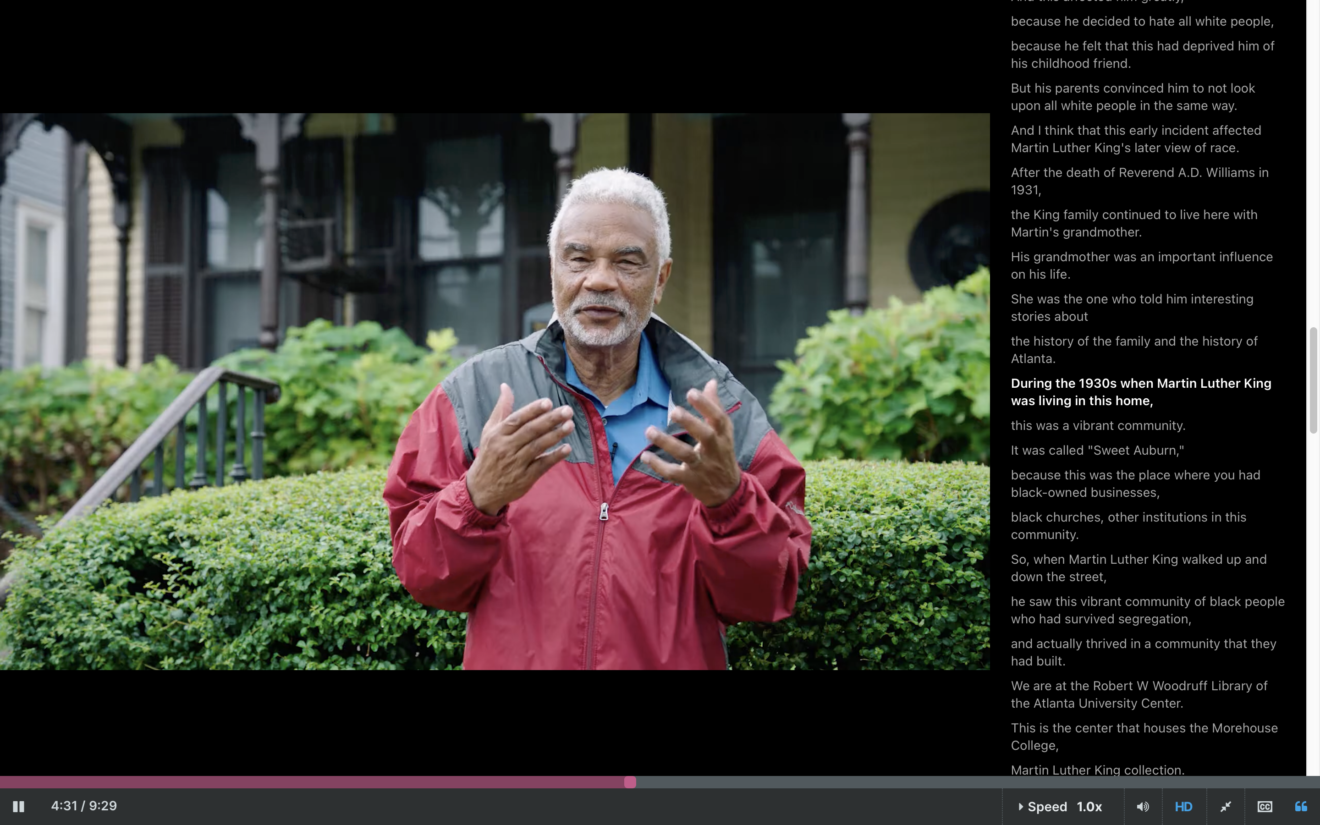
The course “American Prophet: The Inner Life and Global Vision of Martin Luther King, Jr.” is free, and if you pay a fee, you can get a certificate upon completion.
Martin Luther King, Jr. Papers Project
The organization’s main goal is to publish the definitive edition of Dr. King’s most significant works and have become essential reference materials for researchers.
The World House Project
The World House Project seeks to realize Martin Luther King, Jr.’s vision of the world as a large house in which “we must learn somehow to live with each other in peace.” We combine educating on human rights and nonviolence with building an active global network. Through education and the network, The World House Project provides the world with empowering resources and strategies that engender solidarity among all peoples to realize King’s vision.
Find out more
Martin Luther King, Jr. Research & Education Institute
Building on Stanford University’s Martin Luther King, Jr. Papers Project, the King Institute supports education on Dr. King’s life and the movements he inspired.
Find out more
King Encyclopedia
The Encyclopedia contains over 280 articles on civil rights movement figures, events, and organizations. It also includes a detailed day-to-day chronology of King’s life.
Find out more
The King Center for Nonviolent Social Change
The King Center was established in 1968 by Coretta Scott King, in the year following the assassination of her husband, Martin Luther King Jr. Initially, the center was founded in the basement of the couple’s home and later moved to its current location. Bernice King, the youngest child of Martin and Coretta, took over as the CEO in 2012. The center provides research, education, and training programs on the principles, philosophy, and methods of non-violence.
Find out more
History of the font project
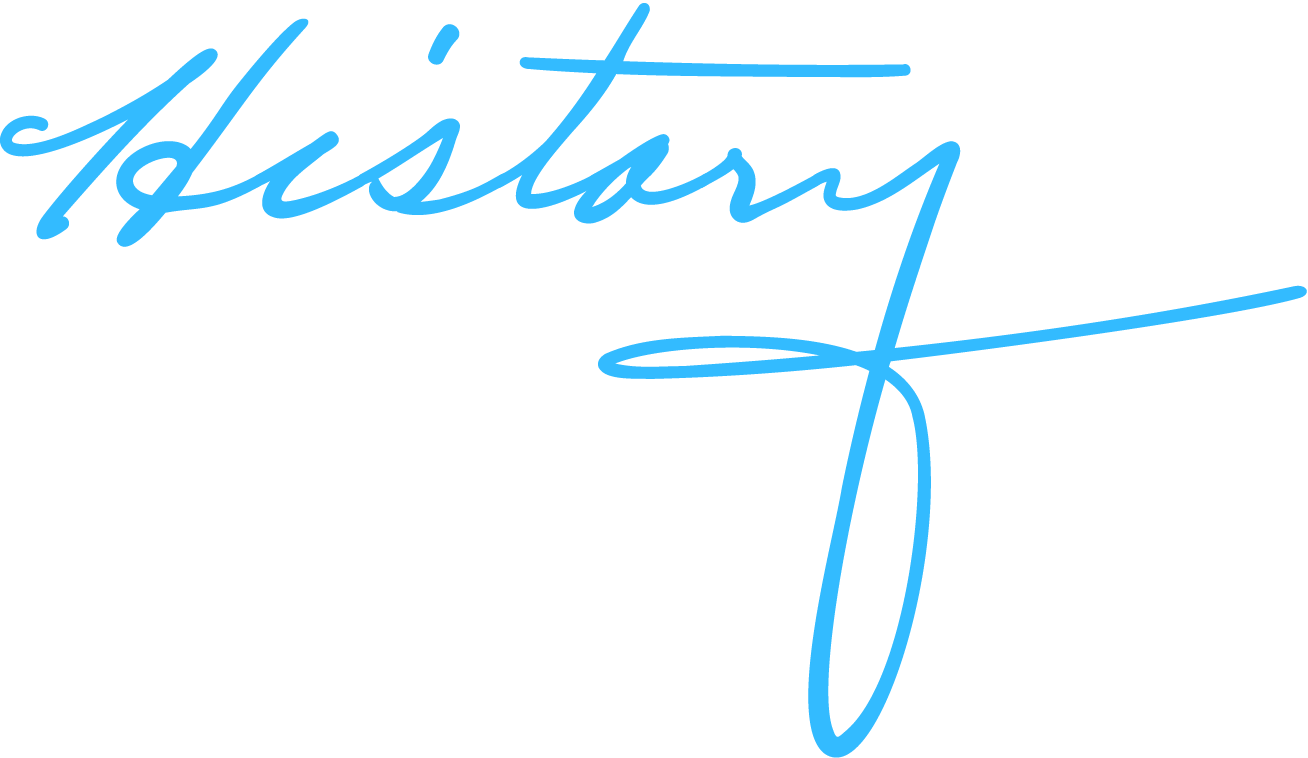
2014 in the context of the 50th anniversary of Dr. King’s visit to East Berlin (1964), I came upon a radio recording of a speech he gave in Marienkirche. I took note of the introduction because of what he says about his name:
Dive deeper…
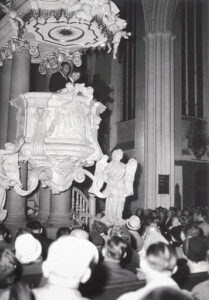
“I come to you not altogether as a stranger, for the name that I happen to have, is a name so familiar to you, so familiar to Germany, and so familiar to the world. And I am happy, that my parents decided to name me after the great reformer.” What influence is it on a person to grow up with a name linked to history? Is it a burden, or is it an inspiration to carry a name? For Martin Luther King jr, I imagine this connection must have been a source of inspiration.
With the handwriting fonts project, I am proposing a similar situation: What does it mean to write your thoughts and ideas with the “hand” of Dr. King, Luther, Einstein, or Freud? Is the author lurking over your shoulder as you write, or are you dictating, is the font a disguise or mask to hide behind, is it a role to switch into and to see and act as if you were, is it a challenging discussion on paper or an uplifting empowering writing together? I hope that these projects enrich your daily reading and writing experience and serve as a source of inspiration and a playful encounter with history.
Back in 2014, listening to the radio feature, I wrote Martin Luther King (1929-1968) on a board in my studio. A friend saw it and suggested then that I should create a Martin Luther (1483-1546) font first. I launched a successful Kickstarter campaign in 2017, the 500th anniversary of the Reformation.In the Luther project description, you can read that I had planned to create the Dr. King font in 2018 commemorating the 50th anniversary of Dr. King’s assassination. But Luther’s half millennia-old handwriting occupied me longer than expected. After the campaign succeeded, scholars from different fields (Historians, Palaeographers, and Latin scholars) contributed freely to the documentation, expanding the work beyond what I had planned. These contributions gave the project new angles on the subject, which I value very much. I am curious to see how this project about Dr. King’s handwriting will develop and invite you to contribute and join this journey.
In 2019 I started a Kickstarter Campaign to finance the production costs at one time. The campaign fell short on October 26, instead of crowdfunding the production all at once, Individuals for around the world contributed monthly and I started to create the font letter by letter, developing and improving it month by month.
LICENSE GRANTED BY INTELLECTUAL PROPERTIES MANAGEMENT, ATLANTA, GEORGIA, AS EXCLUSIVE LICENSOR OF THE KING ESTATE.




